Selection of 12 facts about the planet closest to the Sun in the Solar System.
1. The diameter of Mercury is 4880 km. It is the smallest planet in the Solar System. Jupiter’s moon Ganymede and Saturn’s moon Titan are larger than Mercury.
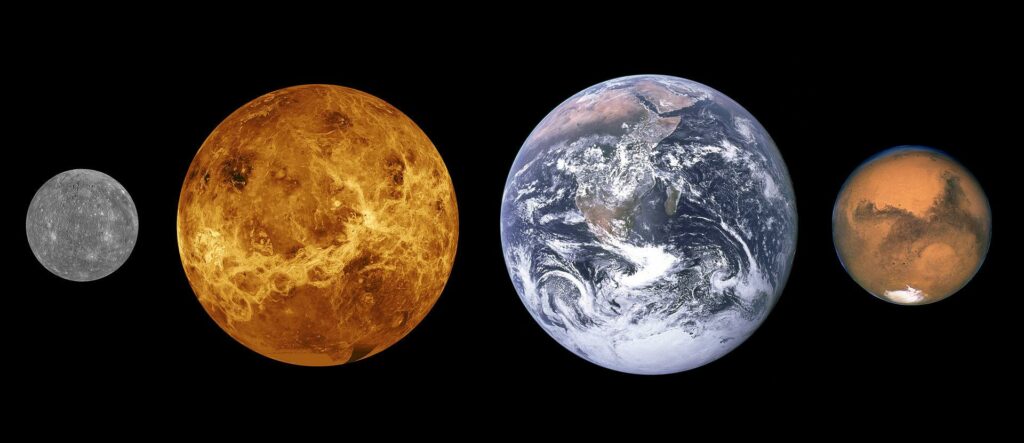
2. Mercury has the most elongated orbit among all the planets of the Solar System. At perihelion it approaches the Sun by 46 million km, at aphelion it moves away by 70 million km.
3. Mercury does not have a full-fledged atmosphere. The concentration of atoms of various gases at its surface is several orders of magnitude less than at the altitude of the ISS orbit.
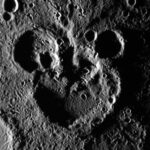
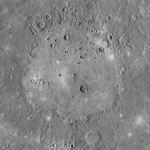
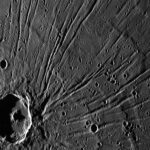
4. Previously, it was believed that Mercury was constantly turned to the Sun by the same side. It was only in the early 1960s by radar that it was possible to find out that this was not the case. The planet makes one rotation around its axis in 58 Earth days, while the period of its orbit around the Sun is 88 days.
5. The combination of an elongated orbit and a long day length leads to one unique phenomenon that can be observed only on the surface of Mercury. During the passage of perihelion, the orbital velocity of the planet exceeds the speed of its rotation around its axis. At this moment, the Sun in the sky of Mercury first stops, and then moves in the opposite direction for a while. On certain areas of the surface, the observer can even see how our luminary rises, then sets again, and then rises again. This phenomenon is informally called the Joshua effect — in honor of the biblical character who, according to legend, stopped the movement of the Sun.
6. Mercury is one of the least studied planets in the Solar System. So far, only two earthly messengers have visited it in its entire history. The Mariner 10 spacecraft made three flights near Mercury in 1974 — 1975, and in the period from 2011 to 2015, the MESSENGER probe worked in orbit around it. Launched in the autumn of 2018, the European-Japanese BepiColombo mission made its first flyby of the planet in October 2021.

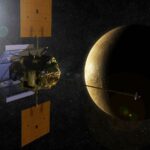
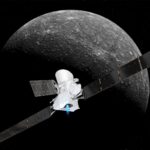
7. The inclination of Mercury’s equator to the plane of its orbit is close to zero. Because of this, there are zones of eternal shadow at the bottom of its polar craters. Radar observations, as well as MESSENGER data, have shown that many of these craters contain reserves of water ice.
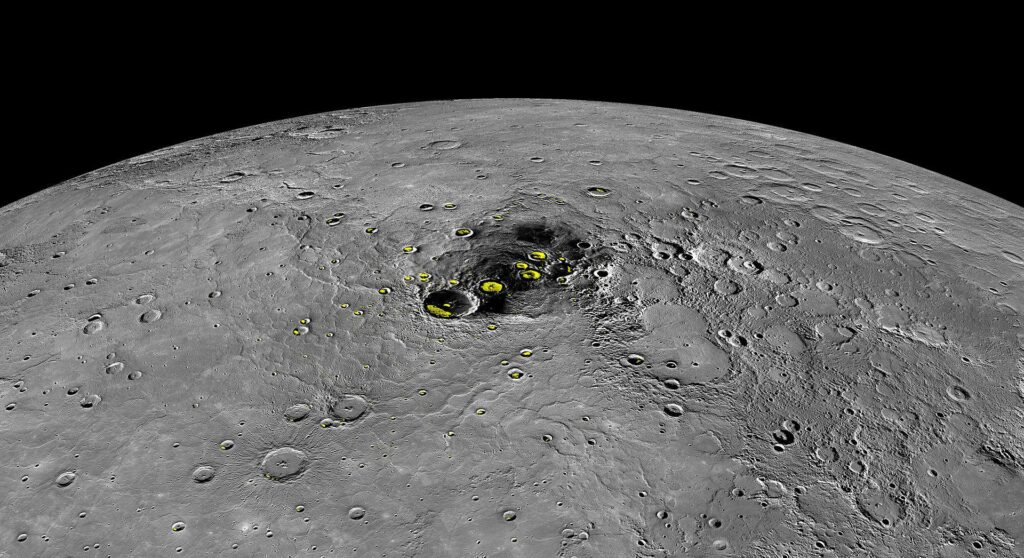
8. Mercury is one of the two rocky planets of the Solar System with a permanent magnetic field (the second such planet is our Earth). The power of this field is about 100 times less than the Earth’s.
9. Mercury is one of the most difficult targets to study among the major planets. To get into orbit around it, the MESSENGER device took 6.5 years of flight, during which it performed six gravitational maneuvers and overcame 7.9 billion km. This is more than the distance between Earth and Pluto.
10. According to a popular legend, the great astronomer Nicolaus Copernicus never saw Mercury. Most likely, this is just a beautiful story, but it still has some factual justification. The fact is that in temperate latitudes, the planet is visible only immediately after sunset or shortly before sunrise, and quite low above the horizon. So it’s really not easy to see it with the naked eye.

11. The strongest temperature changes in the Solar System are observed on Mercury. In the afternoon at its equator, the temperature can reach 430 degrees Celsius, which is higher than the melting point of lead and zinc. At night, it quickly drops to -170°C. Thus, the difference between them is 600°C.
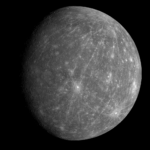
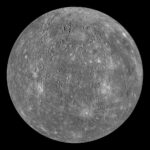
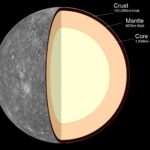
12. The internal structure of Mercury is extremely unusual. In fact, it is a huge nickel-iron core, covered with thin layers of mantle and crust. This core occupies more than half of the planet’s internal volume, accounting for ¾ of its total mass. It is possible that in the early stages of evolution Mercury collided with some large object and as a result lost most of the outer silicate shell.
Follow us on Twitter to get the most interesting space news in time
https://twitter.com/ust_magazine

